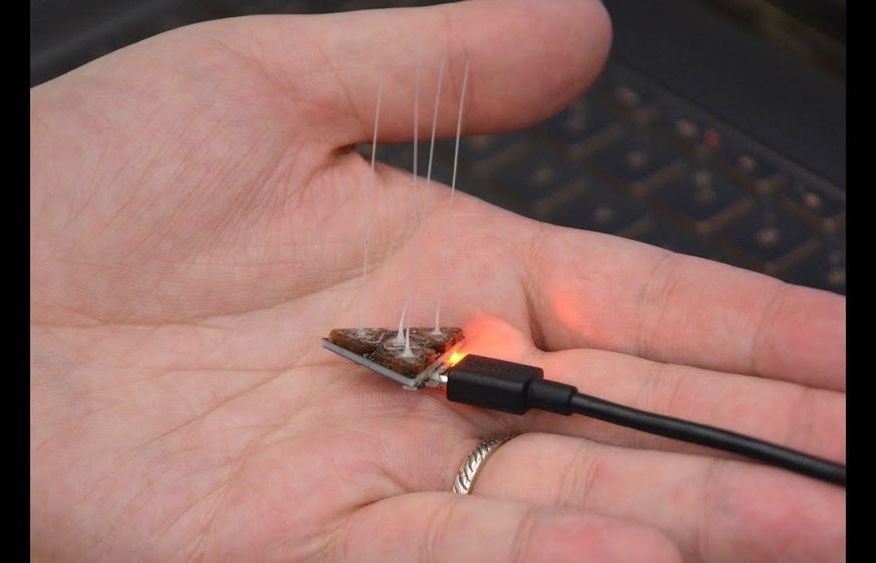Animals of all shapes and sizes have whiskers of some sort. Cats and dogs and rodents have them. Seals have them too. Some birds have them, as do insects and fish. Whiskers have shown up across such a diversity of animals because they’re an efficient and effective method of short range sensing. Besides just being able to detect objects that they come into direct contact with, whiskers can also sense fluid flows (like the speed and direction of moving air or water), and they work even if it’s dark or foggy or smoky.
While we’ve seen some research on whiskers before—I’m sure you remember the utterly adorable ShrewBot—there hasn’t been too much emphasis on adding whiskers to robots, likely because lidar and cameras offer more useful data at longer ranges. And that’s totally fine, if you can afford the lidar or the computing necessary to make adequate use of cameras. For very small, very cheap drones, investing in sophisticated sensing and computing may not make sense, especially if you’re only interested in simple behaviors like not crashing into stuff.
At ICRA last month, Pauline Pounds from the University of Queensland in Brisbane, Australia, demonstrated a new whisker sensing system for drones. The whiskers are tiny, cheap, and sensitive enough to detect air pressure from objects even before they make physical contact.










Comments are closed.